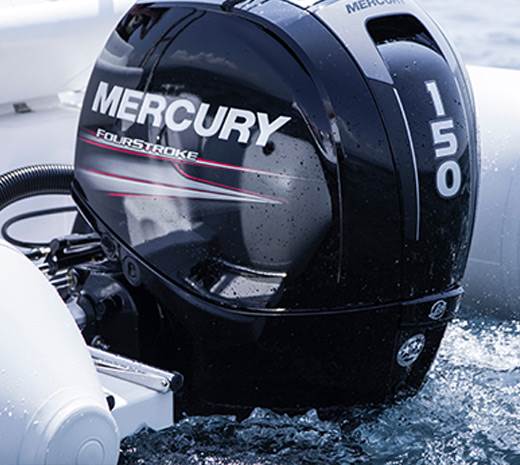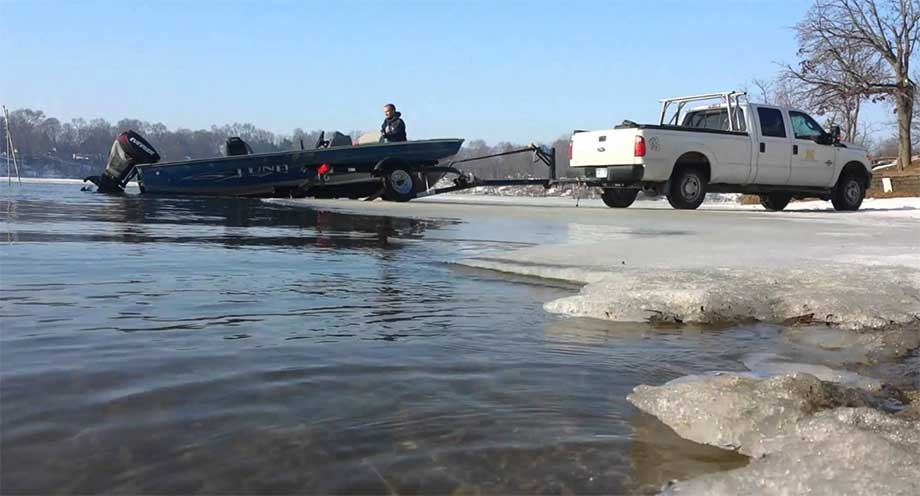Importance of Prioritizing Boat Safety While Boating
Boating is one of the most enjoyable outdoor activities, offering relaxation, adventure, and a chance to connect with nature. However, the open water also comes with unique risks that can quickly turn a fun outing into a dangerous situation if safety isn’t prioritized. Ensuring safety isn’t just about following rules—it’s about protecting lives, preventing accidents, and preserving your vessel.
Making safety a top priority reduces the chances of common issues like collisions, capsizing, or equipment failures. Proper preparation, such as equipping your boat with essential safety gear, understanding navigation laws, and maintaining your boat, ensures a smoother and safer experience. Whether you’re a seasoned boater or a beginner, prioritizing safety helps you respond effectively to emergencies, creating a worry-free environment for everyone onboard.
Understanding and Mitigating Risks on the Water
While boating offers exhilarating experiences, it also presents inherent risks that every boater must be aware of. These risks include adverse weather conditions, human error, equipment failures, and unforeseen emergencies. Sudden storms or high winds can make navigation challenging, while collisions with other boats or submerged objects often result from inattention or unfamiliarity with the waterway.
Equipment failures, such as a malfunctioning engine or a failing bilge pump, can leave you stranded, while impaired judgment—like boating under the influence—significantly increases accident risks. The absence of essential safety gear, such as life jackets or communication devices, can turn minor incidents into life-threatening emergencies.
By understanding these risks and taking proactive measures, such as routine maintenance, proper preparation, and vigilance, you can ensure a safer boating experience. Awareness and preparation not only protect you but also safeguard your passengers and fellow boaters, making every trip enjoyable and secure.
Boating Safety Tips for All Boaters
Whether you’re a seasoned sailor or a first-time kayaker, there are some key safety tips to keep in mind:
Education is Key:
Enroll in a boating safety course. These courses provide valuable knowledge and hands-on experience to help you navigate the water confidently.
Gear Up:
Before hitting the water, ensure your boat is properly equipped with all the necessary safety gear, including life jackets for everyone on board, a fire extinguisher, and a first-aid kit.
Float Plan It:
Create a float plan that details your trip itinerary, including your departure and return times, destination, and the number of people on board. Leave a copy of the plan with a responsible person on shore.
Life Jacket? Check!
This one seems obvious, but it’s worth repeating. Wear a properly fitting life jacket at all times, no matter your swimming ability or the distance from shore.
Be Weather Wise:
Always check the weather forecast before you go boating. Be aware of potential hazards like storms, strong winds, or high waves.
Boating Under the Influence is a No-Go:
Just like driving, operating a boat under the influence of alcohol or drugs is extremely dangerous and illegal.
Be a Responsible Captain:
Maintain a safe speed, be aware of your surroundings, and watch out for other boaters and swimmers.
Prioritizing boat safety ensures that every trip on the water is not only enjoyable but also secure for everyone on board. By staying prepared, vigilant, and responsible, you can mitigate risks, protect lives, and preserve the thrill of boating for years to come. Safe boating is smart boating—make it your top priority every time you hit the water.







